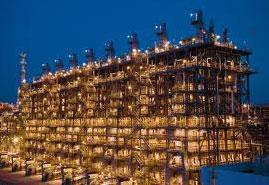
PVC is considered a low crystalline and amorphous polymer and its property varies depending on the polymerization conditions.
The great versatility of PVC is attributed mainly to the need and the capacity to incorporate additives before their transformation into the finished product.
The large chlorine content of PVC in the molecular structure confers high polarity, which increases its affinity and allows mixing with a wide range of additives. Through the appropriate choice and dosage of the formulation components may be obtained polymeric materials tailored for specific applications. Thus, the PVC may have changed their characteristics within a broad spectrum of properties ranging from rigid to highly flexible, making it the most versatile polymers termoplásticos.
Among the main additives that can be incorporated into PVC, include: plasticizers, stabilizers, antistatic, lubricants, pigments, modifiers.
The main characteristics of PVC are:
The main applications of PVC and its formulations on the market, which are listed below.
Packaging – can be either rigid or flexible, transparent or opaque, ranging from blood bags and blisters for pharmaceutical industry, to large storage silos. Undergoing hygiene materials, bottles for cosmetics, protective films for food, bottles for mineral water, materials for the automotive industry, among many others.
Shoes – manufacture of soles and other components, expanded or compact.
Construction – pipes, fittings, profiles, wires and cables, conduits, ceilings and residential coatings.
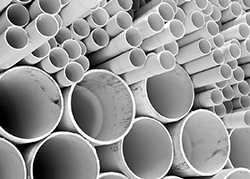
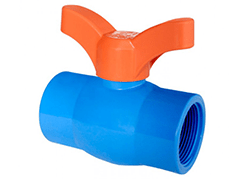
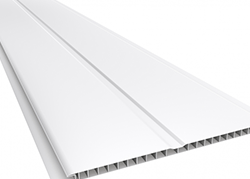
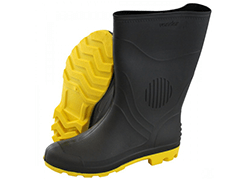
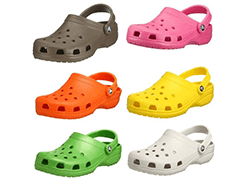


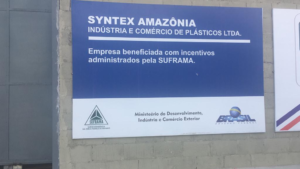
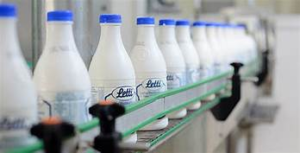

HEADQUARTER
12946 SW 133 Court
Miami, Florida 33186
Phone: +1 (321) 214-0986
BRAZILIAN SALES OFFICE
Av. Afonso Pena, 167, cj. 83 Santos/SP – Brasil
+55 (13) 98123-8778
PRODUCTION PLANT
SYNTEX AMAZÔNIA INDÚSTRIA E COMÉRCIO DE PLÁSTICOS LTDA
CNPJ: 26.279.660/0001-47 SUFRAMA : 200116517